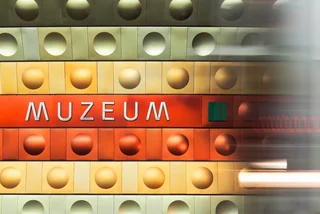The Battle of Vítkov Hill ended 600 years ago, with a decisive victory for the Hussites. The outnumbered forces fighting under one-eyed Hussite leader Jan Žižka defeated an army of crusaders from the Holy Roman Empire on July 14, 1420.
Hussites followed the teachings of Jan Hus, a priest who was executed for heresy in 1415 for his calls for reform in the Catholic Church.
PARTNER ARTICLE
Catholic Pope Martin V on March 1, 1420, called for a crusade against the Hussites as well as followers of John Wycliffe, the first groups of what are now considered Protestants. The crusading army, led by King Sigismund of Luxembourg, had soldiers from Austria, Meissen, Moravia and Hungary. The Hussite forces were largely untrained militia with improvised weapons.
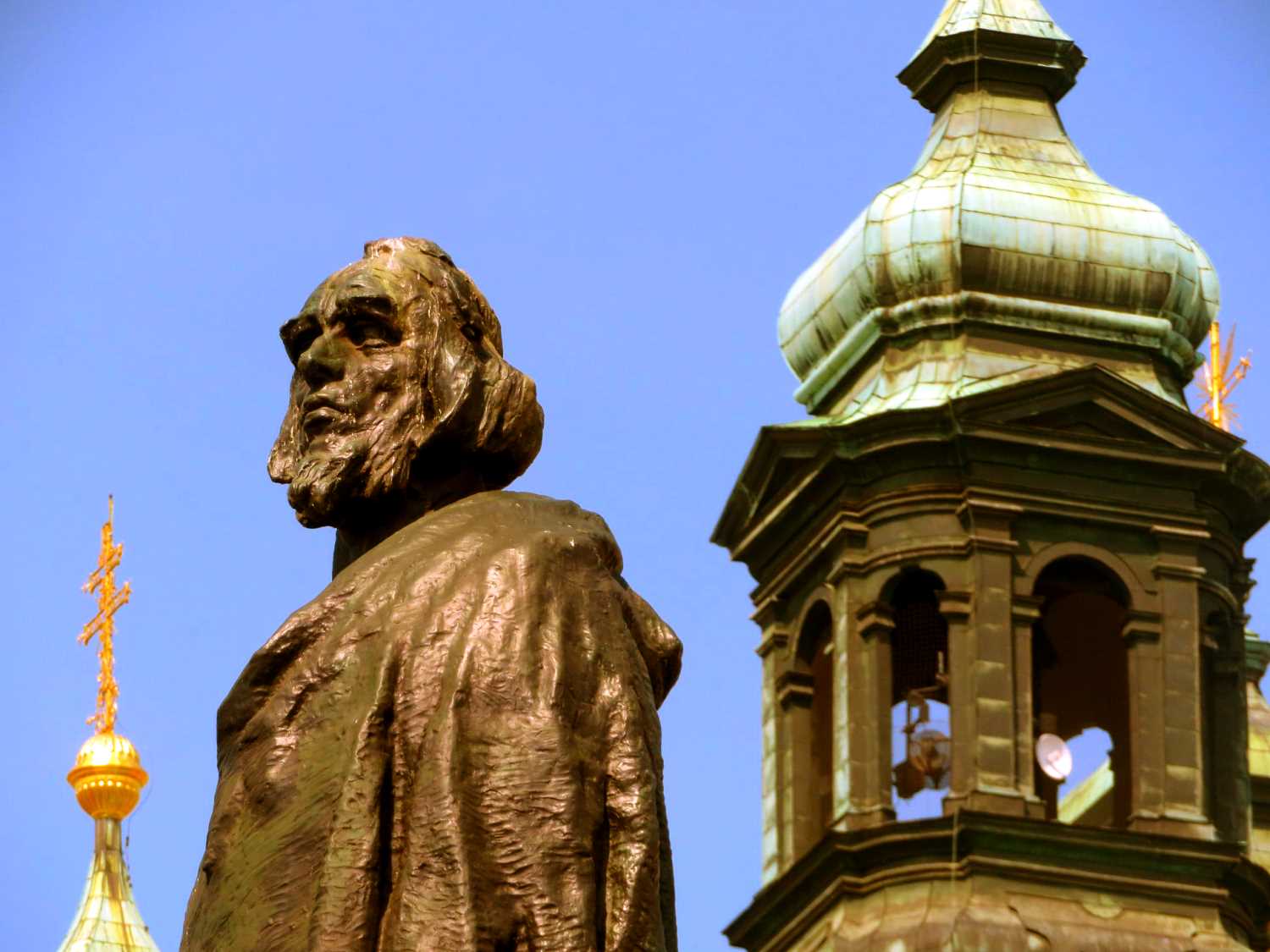
After some preliminary successes, Žižka’s forces entered Prague on May 22 and established themselves behind wooden fortifications on Vítkov Hill. The crusaders, estimated at 80,000 strong — though accounts from the time claim twice as many — crossed the Vltava to attack on July 13.
The Hussites held them off with a small number of soldiers and militia, perhaps as few as 60 people including at least three women, until reinforcements came on July 14 and routed the crusaders, forcing them into a panicked retreat down the steep side of the hill. The exact number of Hussite fighters in the relief militia in unknown. Casualties are estimated at up to 500 crusaders killed, while the Hussites lost perhaps as few as two or three people.
Vítkov Hill used to be outside the city walls of Prague, but is now part of the Prague 3 district.
The Žižkov neighborhood in Prague 3 is named for Jan Žižka, and many of the streets are named after Hussite members or factions. Prague 3 marked the occasion of the 600th anniversary by placing new informational signs on streets that have names related the Hussites.
“To mark the 600th anniversary of the Battle of Vítkov, we are creating a path in the footsteps of the Hussites in Prague 3. The name Žižkov for part of Vinohrady part was approved by the Vinohrady municipal committee at the instigation of Karel Hartig, the mayor of Žižkov, a patriot and a follower of the Hussite tradition,” Prague 3 said in a Facebook post.
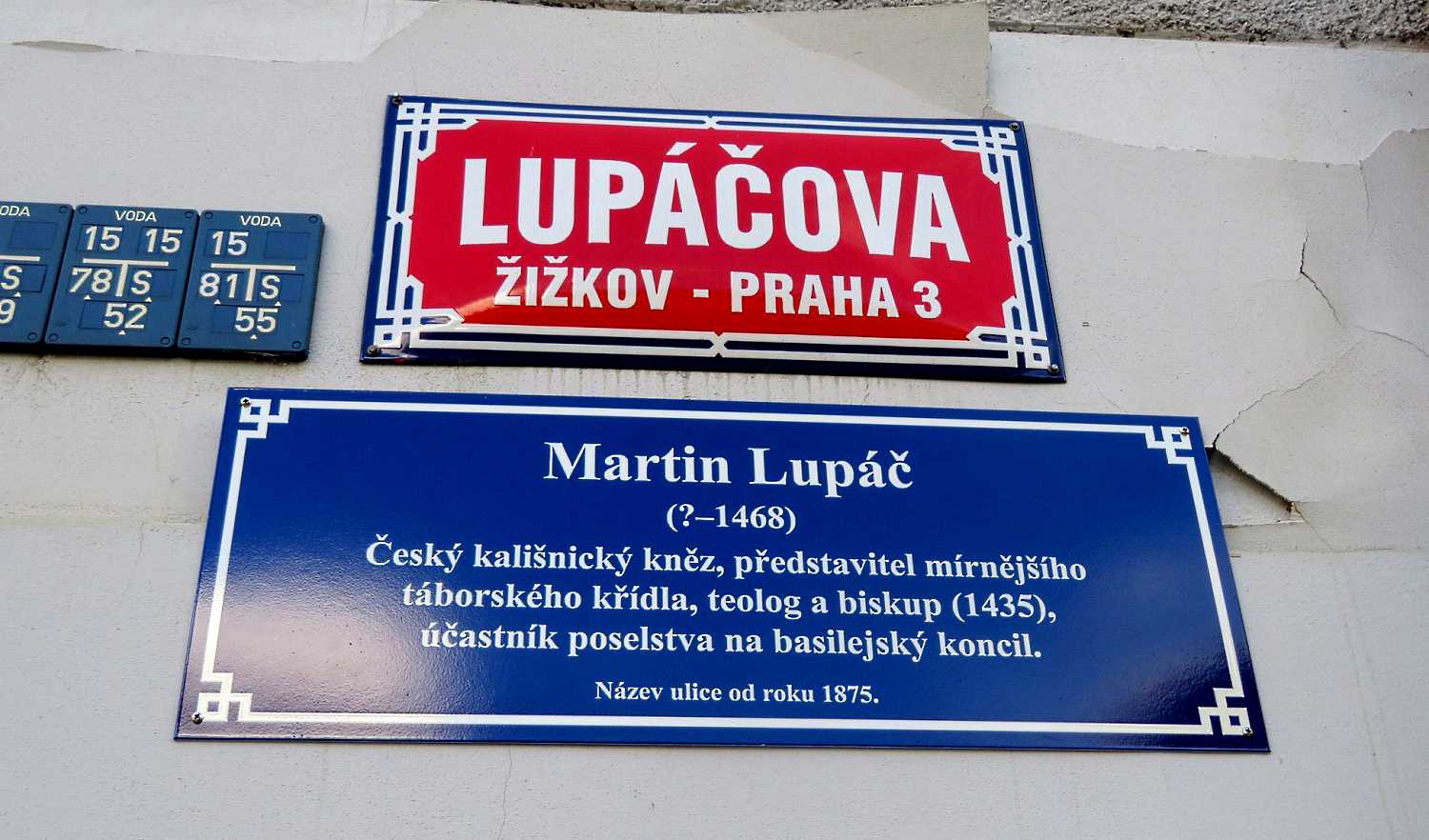
Hartig was mayor of Královské Vinohrady when it still included what is now Žižkov. After the neighborhood split in 1877, Hartig became the first mayor of the new district. The name Žižkov was adopted in 1881.
Naming places for Hussites was carried out across the district.
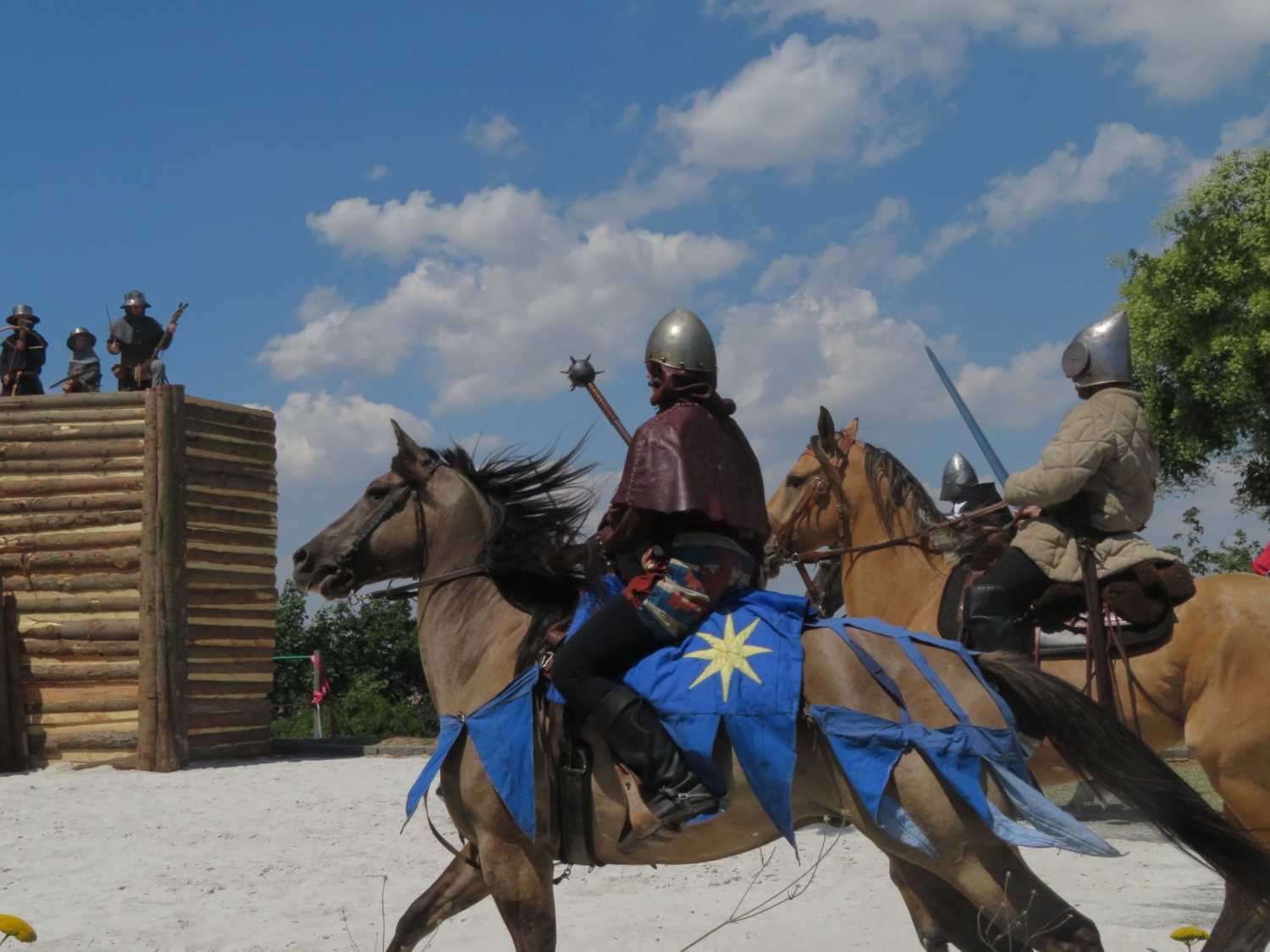
“This formed the basis of the nomenclature tradition, which has survived to this day. Most likely, it is the oldest system of street names in Prague. Today, in the names of streets and squares, we find 47 names of personalities, places and other nomenclatures that relate to the Hussites. For the time being, 14 plaques will be installed, of which six are on buildings and eight on public lighting poles,” Prague 3 said.
In recent years, there has been a re-enactment of the Battle of Vítkov Hill, along with period music, market stalls and refreshments. Due the restrictions for large crowds due to coronavirus, the re-enactment was not held this year.
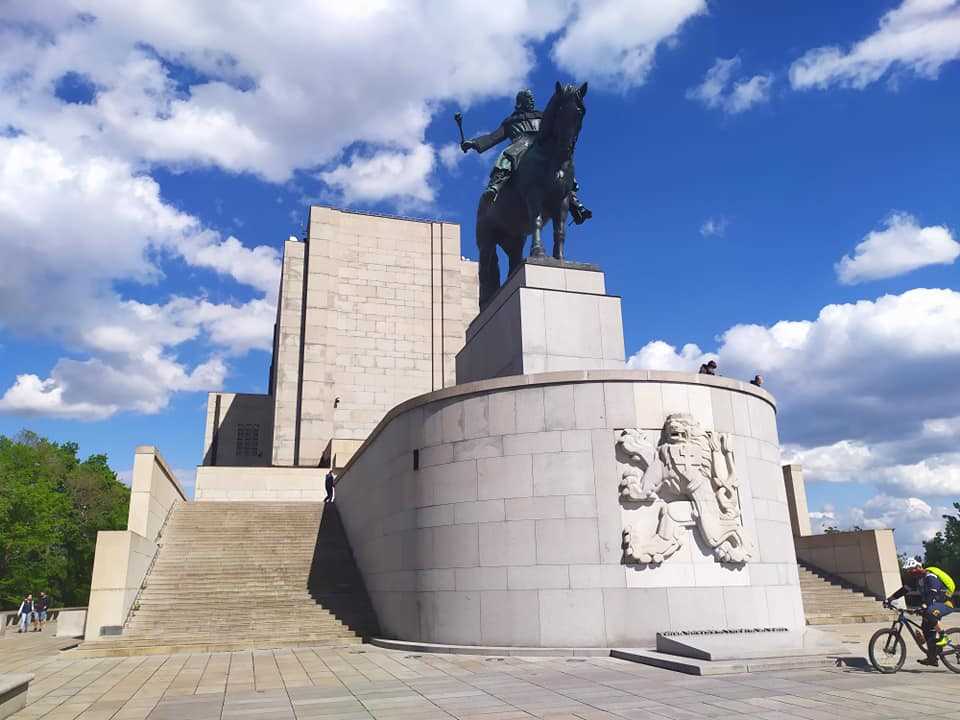
The dominant feature of Vítkov Hill is a large statue of Jan Žižka in front of the National Memorial at Vítkov (Národní památník na Vítkově). The statue is currently the third-largest equestrian statue in the world.
It was commissioned in 1931 with Bohumil Kafka as the sculptor. Kafka died in 1942 and did live to see the finished work. It was not completed until after World War II, and was finally unveiled on July 14, 1950. The sculpture is 9.0 meters high, 9.6 meters long, and weighs 16.5 tons.












 Reading time: 3 minutes
Reading time: 3 minutes 


















